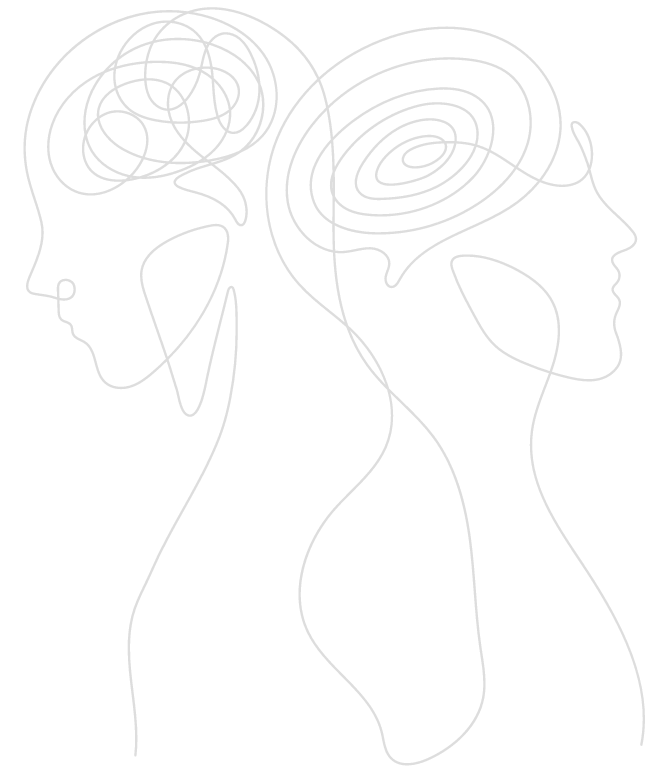Couples therapy does not cause divorce, but it can be a catalyst for making that decision.
It’s common for people to think that couples therapy is always synonymous with trying to save a relationship . However, the reality is a little more complex.
Why can couples therapy lead to divorce?
- Clarity about the situation: Therapy provides a safe space for couples to express their feelings and needs honestly. This clarity can lead to the understanding that the relationship is over and that separation is the best option for both parties.
- Identifying dysfunctional patterns: Therapy can help couples identify patterns of communication and behavior that are damaging their relationship. By recognizing these patterns, some couples may realize that there is no way to change.
- Individual empowerment: Therapy can help each partner connect with their own needs and desires. This self-awareness can lead to the decision to pursue individual paths.
It is important to highlight that:
- The decision to separate is up to the couple: The therapist does not make this decision for them. Their role is to provide the tools and space for the couple to make the best decision for both of them.
- Therapy can be helpful even after a breakup: Therapy can help a couple deal with the emotions involved in the breakup and build a new life.
- Couples therapy does not always end in divorce: Many times, in fact most of the time, therapy helps couples overcome crises and strengthen their relationship.
Couples therapy is a tool that can be used to save a relationship or to ease a separation. The important thing is that the couple feels safe and supported during this process.
If you’re considering couples therapy, talk to a trusted professional. They can help you better understand your feelings and make the best decision for you and your partner.
Would you like to know more about any other aspect of couples therapy? Find a Psychologist!
HOW DO COGNITIVE THERAPIES WORK?
Cognitive therapies, especially Cognitive Behavioral Therapy (CBT), are psychotherapeutic approaches that focus on modifying patterns of thinking and behavior that contribute to emotional distress. The central idea is that our thoughts directly influence our emotions and behaviors.
How does this work in practice?
- Identifying automatic thoughts: The therapist helps the patient identify automatic thoughts that arise in challenging situations. These thoughts are often negative and distorted, contributing to feelings of anxiety, sadness, or anger.
- Thought Assessment: Thoughts are assessed for their truthfulness and usefulness. The therapist helps the patient question the logic behind these thoughts and look for evidence that contradicts them.
- Development of new ways of thinking: Through techniques such as cognitive restructuring, the patient learns to replace negative thoughts with more realistic and adaptive thoughts.
- Behavioral change: Cognitive therapy also focuses on modifying behaviors that reinforce negative thoughts. The patient is encouraged to try new behaviors and challenge their beliefs through action.
What are the benefits of cognitive therapies?
- Effective in a variety of conditions: CBT is effective in treating a wide range of problems, including anxiety, depression, bipolar disorder, obsessive-compulsive disorder, panic disorder, and post-traumatic stress disorder.
- Present focus: CBT focuses on solving current problems and developing skills to deal with future situations.
- Learning new skills: Therapy provides practical tools so that the patient can deal with their own thoughts and emotions more effectively.
- Lasting results: By changing thought and behavior patterns, CBT provides lasting results and improves quality of life.
Examples of techniques used in CBT:
- Thought Recording: The patient records his or her thoughts, emotions, and behaviors in a journal to identify patterns and connections.
- Behavioral experiments: The patient tests the veracity of his thoughts through practical experiments.
- Role-playing: The patient rehearses new ways of behaving in challenging situations.
- Relaxation: Relaxation techniques are used to reduce anxiety and stress.
It is important to emphasize that cognitive therapy is a collaborative process. The therapist acts as a guide, but the patient is the protagonist of the change. With the commitment and active participation of the patient, CBT can be a powerful tool for promoting emotional well-being.
If you are considering starting cognitive therapy, talk to a psychologist.
Would you like to learn more about a specific aspect of cognitive therapies? Talk to a qualified therapist!








